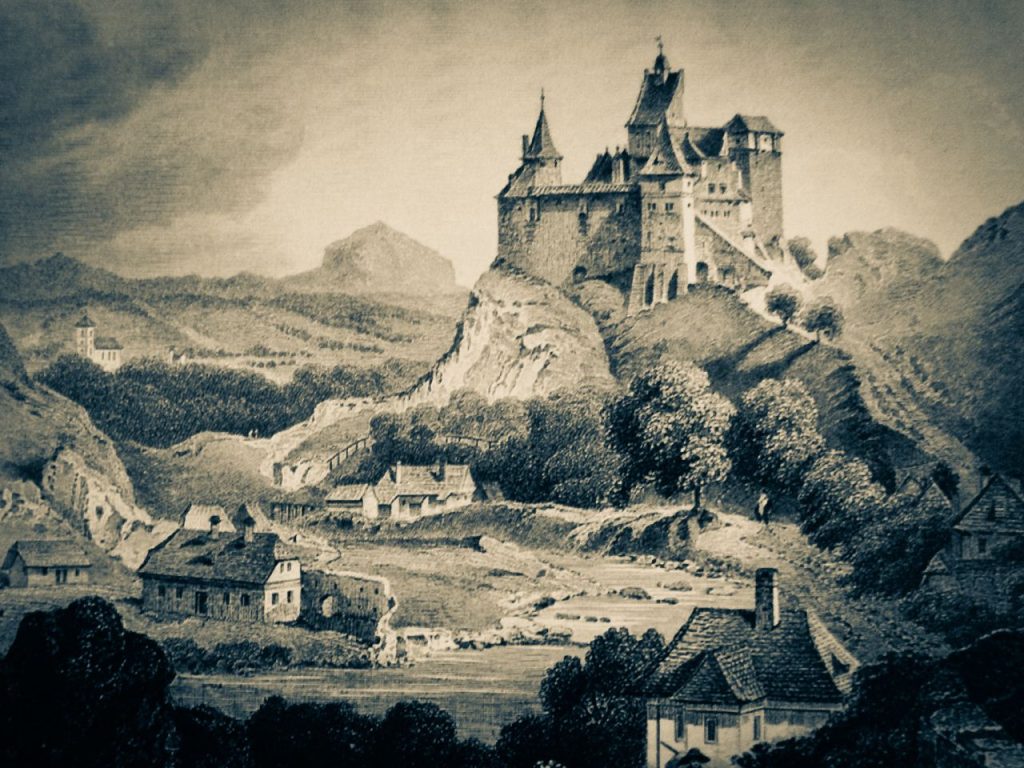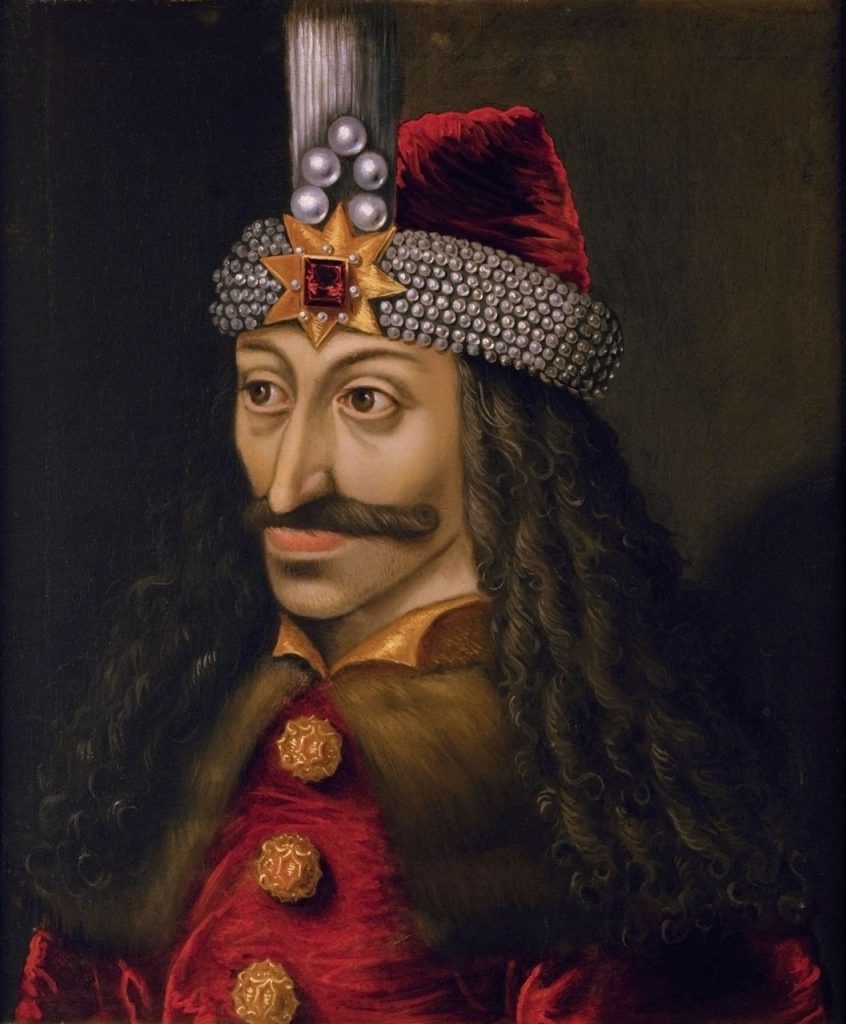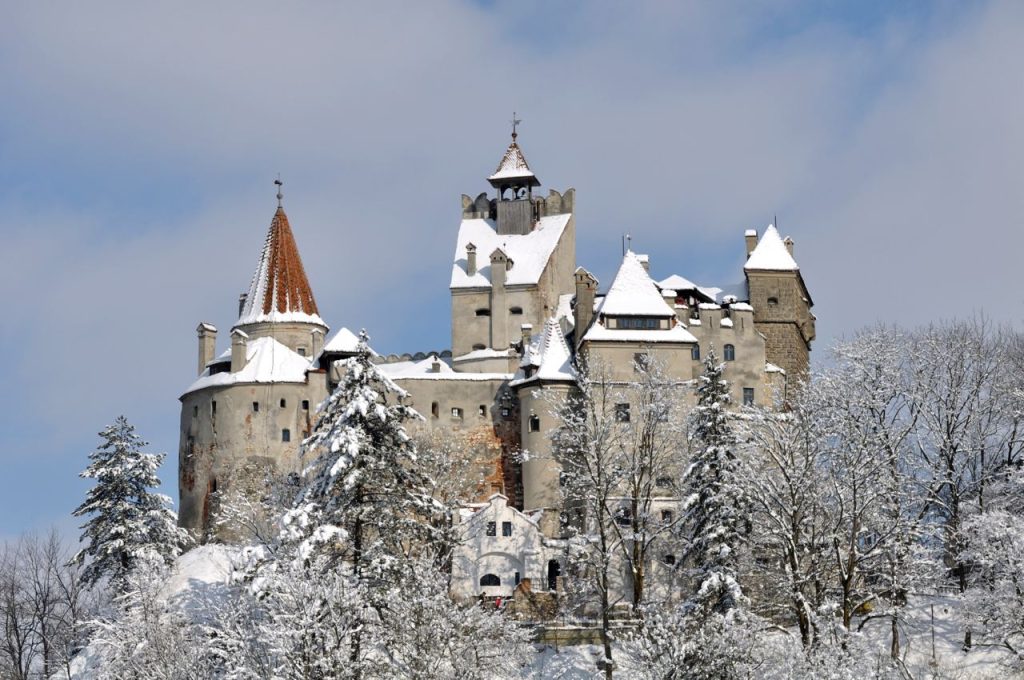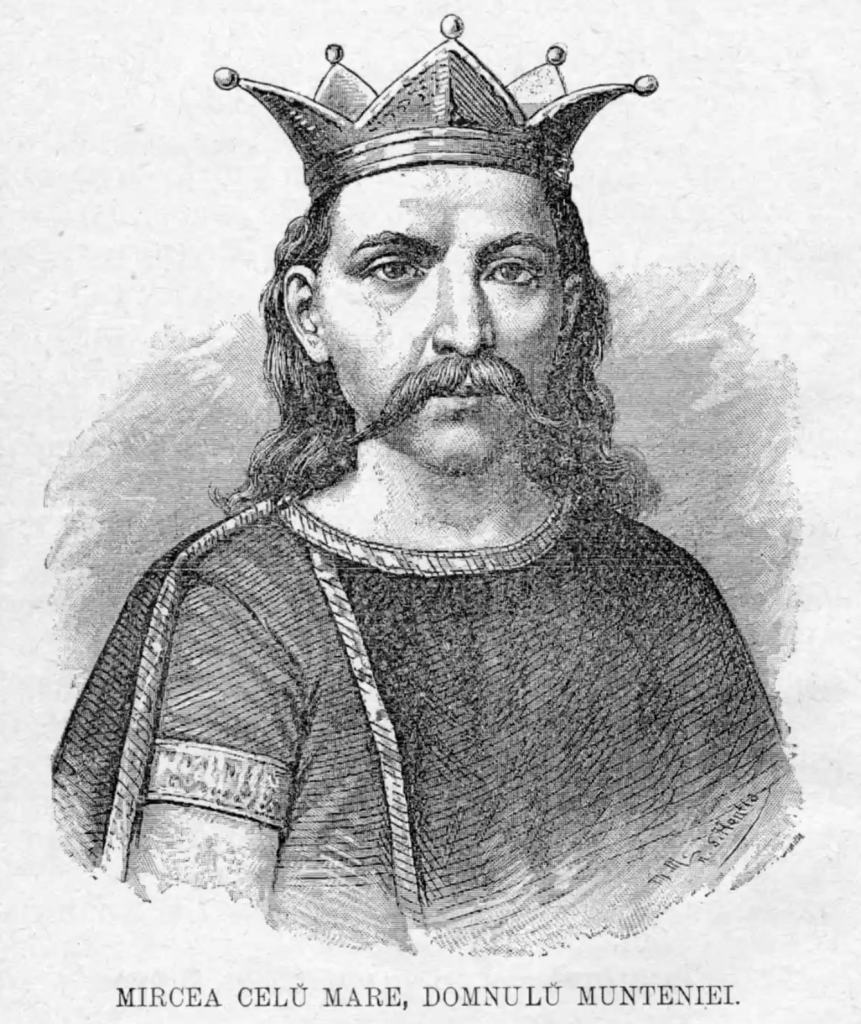
Please follow us on Gab, Minds, Telegram, Rumble, GabTV, Truth Social, Gettr, Twitter
Today a museum of medieval history, the picturesque Bran Castle is one of Romania’s most frequented tourist attractions. Because it fits so well the expectations of admirers of Bram Stoker’s famous novel, visitors from around the world are easily deceived into believing that it is Dracula’s castle. While it has a rich history, the truth is that Bran Castle’s ties to the famed prince known as Vlad the Impaler, the historical Dracula, are minimal.
Located along one of the principal routes connecting Transylvania to Wallachia, the castle started out as a mere wooden fortress of the Teutonic Knights, called Dietrichstein, named for one of their leaders. The Knights constructed the fortress around 1212 after King Andrew II of Hungary (1205-1235) had called them into the area to help defend the frontiers of his kingdom. It was destroyed three decades later during the Mongol invasion in 1242.

More than a century passed until, in 1377, again motivated by the need to defend the kingdom against attacks from the south and east, King Louis the Great of Hungary (1342-1382) issued a decree to the burghers of Brașov to begin construction of a powerful stone fortress at Bran, on the site of the wooden fort that the Teutonic Knights had built in the thirteenth century. To defend the fortress, also called Terciu by the Hungarians and the Saxons, Louis brought in English archers, the most renowned bowmen in Europe at that time.
During the reign of Sigismund of Luxemburg (1387-1437), the Hungarian king placed the fortress of Bran under the authority of Dracula’s grandfather, Mircea the Old (1386-1418), to strengthen ties between Hungary and Wallachia in preparation for a new campaign against the Ottomans. Thus, in 1406, the fortress came under the control of Dracula’s family as a means to compensate Wallachia for providing military assistance against the Turks and because Hungary faced persistent difficulties in financing the defense of the kingdom’s southern frontier. Mircea controlled the fortress throughout the remainder of his reign, during which Bran Castle served as a customs point between Transylvania and Wallachia. This is where the Dracula connection ends as neither Mircea’s son, Vlad Dracul (1436-1447), nor his grandson, Vlad the Impaler (1448; 1456-1462; and 1476), ever had possession of Bran Castle. The strategic fortress had reverted to Hungarian control during the upheavals that that shook the principality following the death of Mircea. By the time the historical Dracula ruled Wallachia, Bran Castle was again under Hungarian control.

An indication of the strategic importance of the fortress is given by the humanist Nicholas Olahus (1493-1568), a Transylvanian native, who, in the sixteenth century, described Bran as “indescribably strong, like a bolt and gate for Transylvania, located in a steep place from where you enter into Wallachia.”
Bran Castle was reconstructed in the Renaissance style in the seventeenth century. From 1920 to 1947, it was a residence of the royal family. Today a museum of history, Bran Castle continues to fascinate visitors. With its idyllic setting, the fortress evokes the atmosphere of the famous novel, but, in reality, Bram Stoker did not use it as inspiration for the castle of his fictional vampire Dracula. There is also no evidence that Vlad III Dracula ever spent any time there, although he certainly passed by it when he seized the throne of Wallachia in 1456 and again in 1476, as well as during his attacks on Brașov and the Bârsa land during his principal reign. Still, the only real connection between Bran Castle and Vlad the Impaler is through his grandfather Mircea the Old, the greatest prince that Wallachia knew during the Middle Ages. For more on the life of Mircea, see Mircea the Old: Father of Wallachia, Grandfather of Dracula, and the award-winning biography, Dracul – Of the Father, both by A.K. Brackob, available at HistriaBooks.com.

Thank You, that was interesting. Happy New Year!
That may have been a true story about Bran Castle, but it's a shame you didn't tell the true story of VladDracul/Vlad the Impaler. He valiantly fought the ruthless Muslim Turks who were rampaging and slaughtering eastern European Christian men and dragging off the women and children as sex slaves through their usual bloody methods as other jihadis are doing to this day. He used their own methods against them, sometimes cutting off their heads, sometimes impaling the heads or sometimes impaling their whole bodies on stakes along the roads the Turks traveled into Wallachia Romania on their jihad. This outrageously brutal and bloody tactic used against the jihadis who liked to be the ones doing the impaling instead of being impaled scared the heck out of them and they retreated in horror back to Turkey leaving all their booty behind them. Vlad the Impaler had nothing to do with vampires or bats. He only killed Muslim jihadis and protected his homeland. Bram Stoker made it all up, defilimg Vlads true story forever more.
Indeed, Vlad was a hero. His true story is told in this book: Vlad III Dracula: The Life and Times of the Historical Dracula by Kurt W. Treptow. The story of his father, another hero from whom Vlad learned much, is told in this award-winning biography, Dracul – Of the Father: The Untold Story of Vlad Dracul by A.K. Brackob. These books are available at HistriaBooks.com and all major retailers.